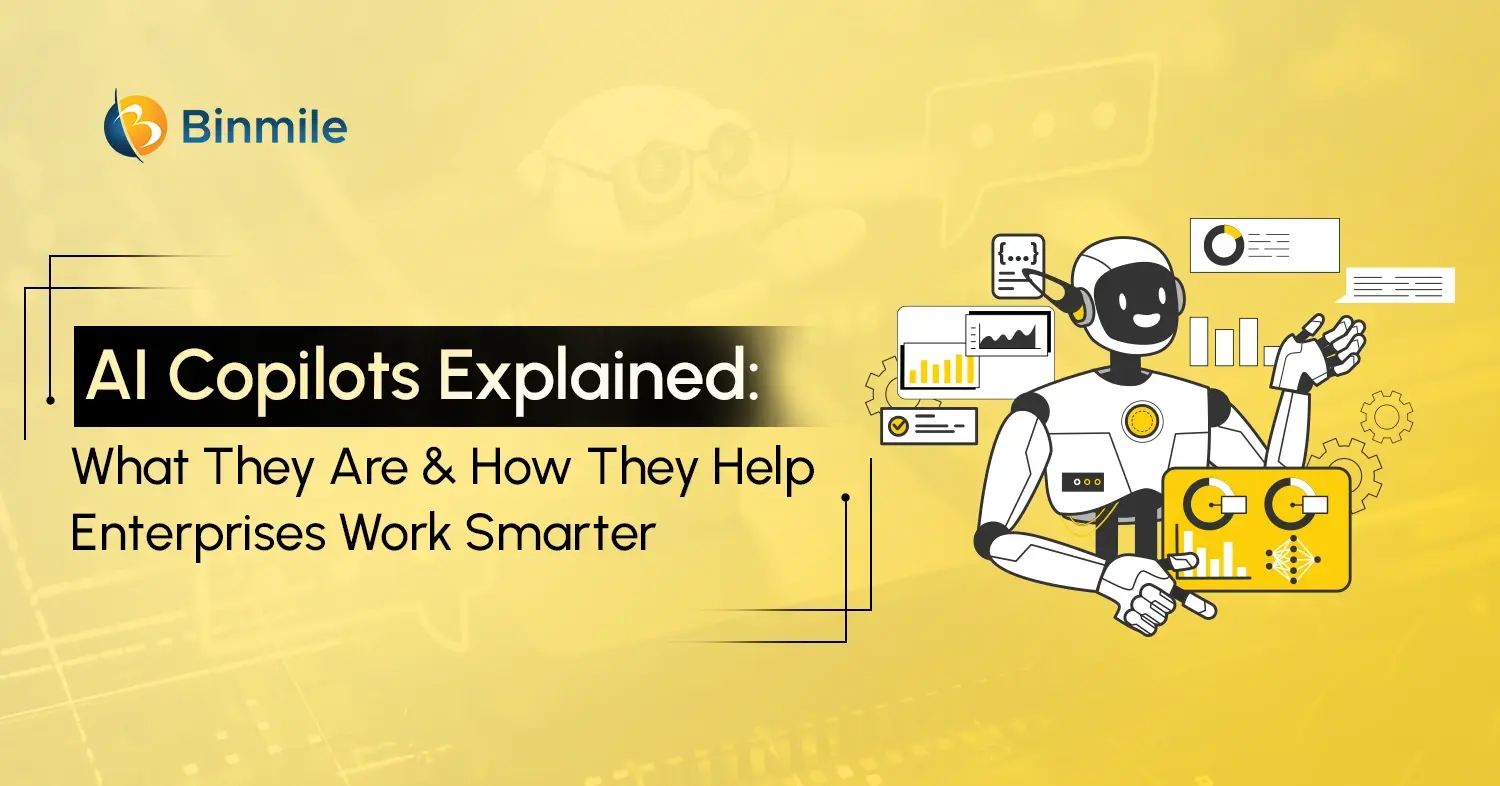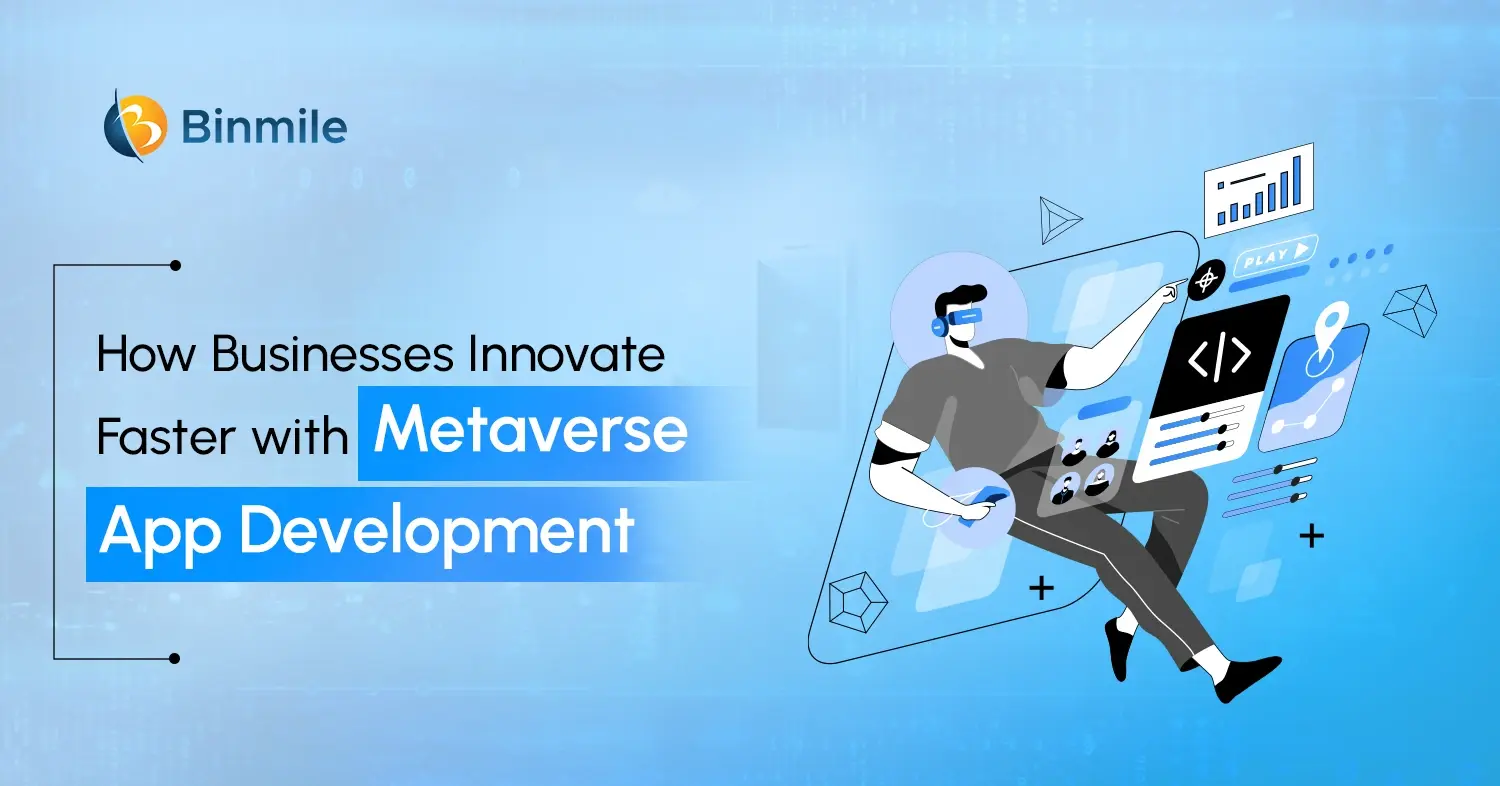As a subset of artificial intelligence, generative artificial intelligence has shown the transformative potential of AI technology. GenAI goes beyond analyzing or classifying existing data and is capable of creating entirely new content. This content can be text, images, audio, synthetic data, and more. This naturally enables businesses to automate content creation, optimize supply chain, and improve customer service. Moreover, Generative AI models leveraging a variety of outputs based on massive training datasets, neural networks, deep learning architecture, and prompts from users can empower businesses to make well-informed decisions, optimize their operations, and augment their profits.
Therefore, Generative AI has the potential to transform entire industries. To be an industry leader, not only do you need a compelling generative AI strategy but also gain an in-depth understanding of which GenAI model to implement. These models are not only capable of performing sophisticated conversations with users but also generate seemingly original content. Thus, depending on the type of generative AI model you’re working with, you can generate images, translate text into image outputs, synthesize speech and audio, create original video content, and generate synthetic data. So what are these models? Which one is better for your business and how to integrate generative models into your business process? We’ll discuss this and more in this blog.
Generative AI Models: Introduction, Use Cases & Types
A generative AI model refers to a specific implementation or architecture designed to perform generative tasks, including image generation, text generation, music composition, and more. These models learn from existing data and generate new output that is similar to the training data it was exposed to.
How does that help businesses? These generative AI models have the capabilities to accelerate AI adoption, even in organizations lacking deep AI or data-science expertise. Organizations still need customization and some expertise before they can adopt a generative model for a specific task. However, it simplifies the process and requires relatively low quantities of data or examples through APIs or prompt engineering.
What are the Applications of Generative AI?
Let’s highlight the key areas where generative AI is bringing a substantial difference:
- Creating new, unique content from video advertisement to a new protein with antimicrobial properties.
- Accelerating manual or repetitive tasks, such as writing emails, coding, or summarizing large documents.
- Producing content and information tailored to a specific audience, such as chatbots for personalized customer experiences or targeted advertisements based on patterns in a specific customer’s behavior.
Top Generative AI Models Making Waves in 2024
Generative AI models are a category of AI that holds the ability to create new and engaging data. There are several different types of generative AI models, each with its unique uses and features. Some of these include:

1. Generative Adversarial Networks (GANs)
It’s a class of generative AI models that consist of two neural networks: generators and a discriminator. These two train neural networks compete against each other to produce increasingly realistic data from a given training dataset.
Application:
Though GANs have less human intervention, therefore it enable applications in various domains, such as art generation, video enhancement, and data generation for training purposes. They are also widely used in areas such as image-to-image translation.
2. Variational Autoencoders (VAEs)
This model creates new data by sampling from the learned latent space after encoding input data into a low-dimensional latent space. It then decodes it back to reconstruct the input. These models are applied to representation learning, data production, and compression problems.
Application:
VAEs are crowd-favorites for performing signal analysis to interpret IoT data feeds, biological signals like EEG, or financial data feeds. They are also used for various tasks like data generation, compression, and representation learning.
3. Autoregressive Models
As the name suggests, autoregressive time series models automatically predict the next component in a sequence by taking measurements from previous inputs in the sequence. The word “autoregressive” denotes that the variable is regressed on its historical values. These models employ lagged data of the relevant variable to generate predictions.
Application:
These models predict the likelihood of time-series events, therefore they’re often used for forecasting stock prices, weather, and traffic conditions based on historical values.
4. Transformer Models
Transformer models learn context and thus meaning by tracking relationships in sequential data. The model applies an evolving set of mathematical techniques, called “attention or self-attention,” to detect even the subtle ways distant data elements in a series influence and depend on each other.
Application:
They have achieved state-of-the-art performance in several natural language processing tasks, like machine translation, text-to-speech, text generation, and sentiment analysis.
5. Deep Convolutional Generative Adversarial Networks (DCGANs)
These models are a specialized type of generative adversarial network (GAN) that employs convolutional neural networks in both the generator and discriminator. While GANs are versatile and can be applied to various generative tasks, DCGANs are specialized for generating realistic images by employing a deep convolutional neural network architecture tailored for handling image data effectively.
Application:
DCGANs have demonstrated exceptional capabilities in generating realistic images, paving the way for advancements in image synthesis and reconstruction tasks.
6. Recurrent Neural Networks (RNNs)
These are a deep learning model that is trained to process and convert a sequential data input into a specific sequential data output. It remembers the same parameters for each input as it performs the same task on all the inputs or hidden layers to produce the output, thus reducing the complexity of parameters, unlike other neural networks.
Application:
RNNs are well-suited for processing time series, language translation, speech recognition, and natural language processing tasks because of their ability to retain memory of previous inputs.
Get better insights from your data by modeling every aspect of your business with our expert AI app development services, ring us for a free consultation!
What are the Challenges and Limitations of Generative AI Models?
There’s no doubt generative AI technology with its models companies can now build specialized images and content effortlessly. However, it also has its share of challenges, risks and limitations. The primary is the accuracy of what its algorithms produce. The generated content can be biased or inappropriate content. So, human-in-the-loop safeguards are required to guide, monitor, and validate generated content. Generative AI also raises questions about legal ownership of both machine-generated content and the data used to train these algorithms. To navigate this, it’s important to consult with legal experts and carefully consider the potential risks and benefits of using generative AI for creative purposes and to build AI solution.
Also Read: Ethical AI Models
Insider Secrets for Implementing Generative AI Models Successfully
Generative AI holds immense potential for revolutionizing various industries. However, successful implementation requires a well-defined strategy. Here’s a four-step approach to guide you through the process:

- Define Goals & Assess Data Readiness: Establish a clear goal about the purpose behind utilizing genAI models in your processes. Once you define the problem, evaluate your data assets by identifying your data resources, and will it meet your needs in the future. Ask these important questions to stay on track. Is there a correlation between the data gathered and the objectives of the project and more importantly is it the right quality and is it enough to properly train the model?
- Select & Prototype Your GenAI Model: One must remember that algorithms are designed for different purposes thus allowing some to perform better in certain tasks as compared to others. Researching pre-existing solutions or collaborating with AI specialists can aid in selecting the most suitable approach for your needs. You may build a simple model that will enable you to apply the identified solution with your data. This experimentation phase allows you to refine your approach before full-scale development.
- Develop & Train the Model: This phase mainly concerns training your data and includes steps such as cleaning, normalization, and often augmentation to improve the model’s learning capability. After data preparation, the selected generative AI model is created and trained on the prepared dataset. This process may involve getting the right hyperparameters for enhancing the model for the intended task in your dataset.
- Integration & Monitoring: After the model has been initially trained and shows good performance, its integration with existing systems is critical. This guarantees that the model can become compatible with your workflows and infrastructure. Further, establish a monitoring plan to track the model’s outcomes over time. Doing so lets you upgrade and modify various components to fulfill and maintain their optimal functions.
Experience seamless AI integration with our expert development services. Optimize processes and enhance business intelligence.
Summing It Up
One of the reasons for the faster adoption of generative AI is not only in how creatively it can produce output but also in that it can be adapted quickly for a wide range of downstream tasks without needing task-specific training. This will reshape how and where artificial intelligence can be leveraged by businesses in the way they do business, interact with customers, and deliver customer service. While businesses are relying on generative AI for diverse purposes, it’s essential for them to also know how different generative AI model types work and how they can help them. Hopefully, this blog has offered you the necessary insight into different types of generative AI models, their benefits, and where these models are generally used.
Therefore, developing custom AI solutions for your business leveraging generative AI capabilities lets you streamline your business workflows and amplify operational efficiency. If you are looking for a reliable AI development company to work with, Binmile is your one-stop destination for everything AI. We offer a comprehensive suite of AI services, from AI consulting to building custom AI apps and seamlessly integrating them into your workflows.
Frequently Asked Questions
Generative AI applications are important because they enable the creation of content, such as text, images, code, and more, with minimal human input. They drive innovation in industries like marketing, entertainment, and software development, enhance personalization, improve efficiency, and unlock creative potential at scale. These applications also support tasks like prototyping, content generation, and problem-solving, making them essential in a rapidly evolving digital world.
Generative AI applications are used across various industries, including:
- Marketing: Creating personalized advertisements, social media content, and email campaigns.
- Entertainment: Generating music, scripts, visual effects, and video content.
- Healthcare: Simulating drug development and creating medical imaging insights.
- Education: Developing interactive learning tools and automated tutoring systems.
- E-commerce: Crafting product descriptions, chatbots, and customer recommendations.
- Software Development: Assisting in coding, debugging, and UI/UX design.
These applications enhance creativity, efficiency, and personalization in numerous sectors.









